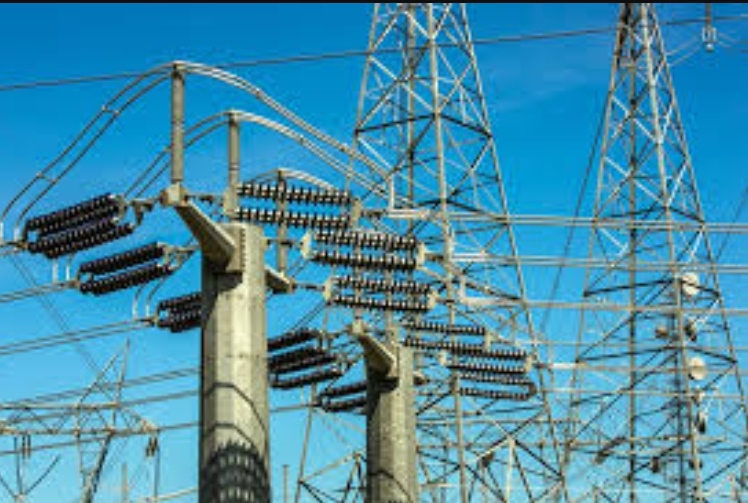
The Transmission Company of Nigeria (TCN) has identified a sudden frequency surge—from 50.33Hz to 51.44Hz—as the cause of Thursday’s national grid collapse.
In a statement issued by TCN’s General Manager of Public Affairs, Ndidi Mbah, the incident, which occurred at approximately 11:29 am, was described as a “disturbance.” Prompt recovery measures were undertaken, resulting in the restoration of the Abuja Axis within 28 minutes.
Mbah explained that the frequency surge was caused by issues at one of the substations, which was promptly shut down to prevent further disruptions to the grid.
The TCN’s General Manager said ongoing recovery operations aimed to fully stabilise the grid, and that the TCN anticipated that some degree of instability might persist until repairs and upgrades were finalized.
Currently, he said TCN is working on critical infrastructure projects, including the repair of 330kV transmission lines along the Shiroro–Mando axis, upgrades at the Jebba Transmission Substation, and the restoration of the Ugwuaji–Apir 330kV transmission line.
“Additionally, following recommendations from an investigative report on past collapses, TCN has intensified efforts to address systemic weaknesses identified in the grid infrastructure,” he said.
He further explained that TCN is committed to a comprehensive overhaul of the transmission network to bolster the grid’s stability and resilience.
“These measures include not only technical upgrades but also strategic initiatives aimed at preventing future incidents,” he added.
TCN emphasised the need for public understanding as the country navigates these disruptions, which are necessary for long-term improvements in power reliability.
TCN reiterated its commitment to improving electricity supply, acknowledging the central role stable power plays in Nigeria’s economic and social growth.
The company assured Nigerians that all necessary actions are being implemented to reinforce the grid, including addressing challenges such as infrastructure vandalism.


